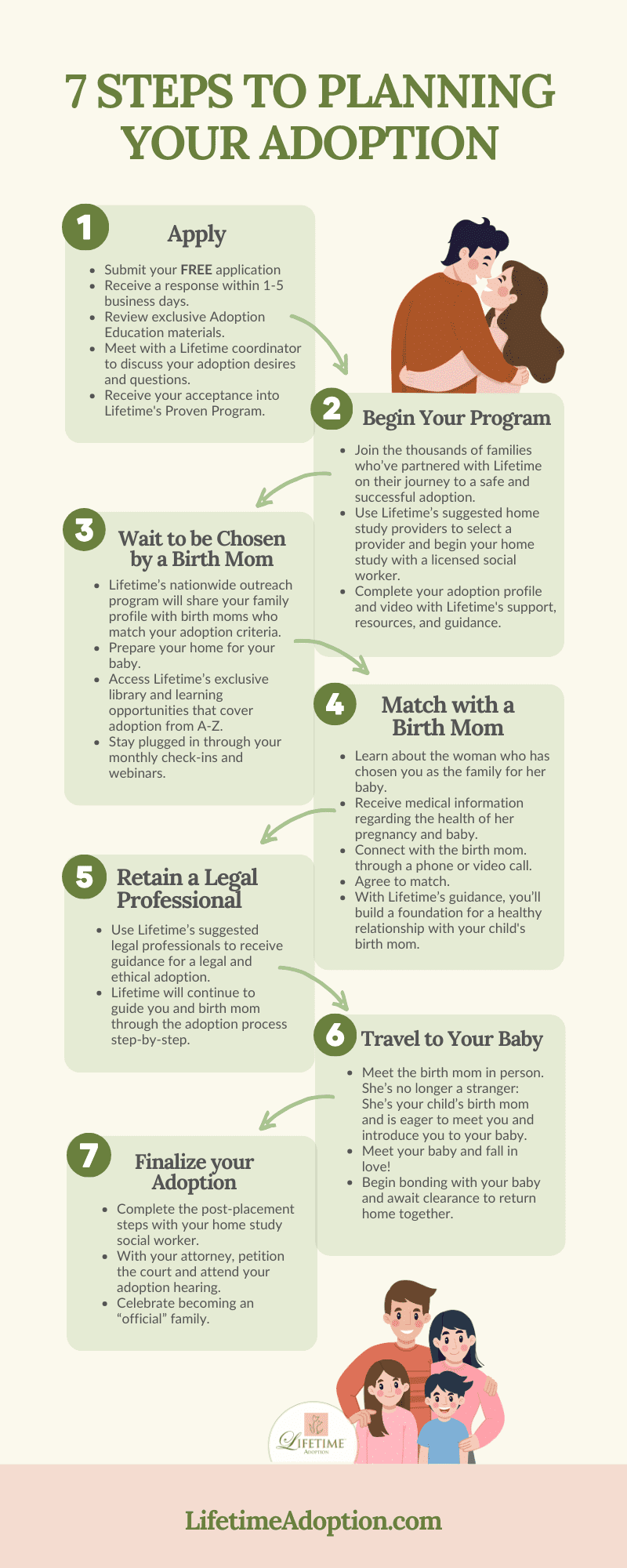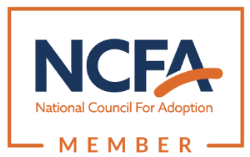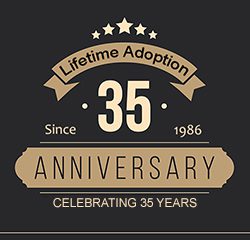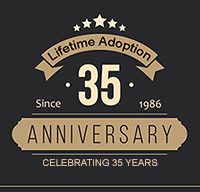How Does Adoption Work? What’s the Process?
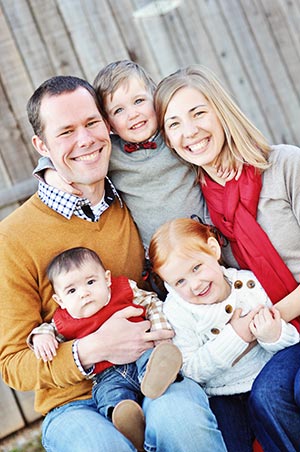 How does adoption work? How does the adoption process work? Where is the best place to start? We understand that whatever led you to adoption, you will probably be excited and perhaps a little anxious and unsure of where to begin. Please know that these are all common adoption questions, and Lifetime Adoption can walk you through the process.
How does adoption work? How does the adoption process work? Where is the best place to start? We understand that whatever led you to adoption, you will probably be excited and perhaps a little anxious and unsure of where to begin. Please know that these are all common adoption questions, and Lifetime Adoption can walk you through the process.
We are here to support you every step of the way!
Step 1: Begin Your Adoption Journey
Apply: Start by submitting your free application. Expect a response within 1-5 business days.
Dive into our exclusive Adoption Education materials and schedule a meeting with a Lifetime coordinator to discuss your adoption desires and questions. Upon acceptance into Lifetime’s Proven Program, your journey officially begins.
Step 2: Begin Your Program
Initiate Your Program: Now that you’ve officially become a Lifetime Family, you’ll receive all of the support and guidance for your next steps.
Partner with Lifetime’s suggested home study providers to select a licensed social worker and kickstart your home study process.
With our support, resources, and guidance, complete your adoption website profile and video, laying the groundwork for Lifetime to present you to birth parents.
Step 3: Wait to Be Chosen By a Birth Mom
Reach Potential Birth Moms: Through Lifetime’s nationwide outreach program, your family profile is shared with birth moms matching your adoption criteria.
While waiting, prepare your home and heart for your future child. Access our exclusive listening library and educational opportunities covering adoption comprehensively, and stay engaged through regular check-ins and Adoption Support Webinars.
Step 4: Match With a Birth Mom
Learn About Your Match: Learn about the woman who has chosen you as the family for her baby.
Receive medical information regarding her pregnancy and baby.
Connect with her through phone or video call, agree to the match, and under Lifetime’s guidance, establish a healthy relationship foundation with your child’s birth mom.
Step 5: Retain a Legal Professional
Secure Legal Guidance: Use Lifetime Adoption’s recommended legal professionals to ensure ethical and legal compliance throughout the adoption process. Our ongoing support ensures clarity for both you and the birth mom as you navigate the legal aspects step-by-step.
Step 6: Travel for the Placement of Your Baby
Meet Birth Mom: Travel to meet the birth mom in person. By this stage, she’s more than a stranger—she’s your child’s birth mom, eager to introduce you to your baby.
Embrace the opportunity to bond with your baby and await clearance to return home together.
Step 7: Finalize Your Adoption
Complete Legal Formalities: Work with your home study social worker to fulfill post-placement requirements. With guidance from your attorney, petition the court for adoption and attend the adoption hearing.
Celebrate the culmination of your journey as your adoption is finalized, marking the official start of your family’s new chapter. Lifetime Adoption’s caring adoption coordinators can help you work through all aspects of adoption — from finding a suitable family to support groups, adoption attorneys, dealing with an unplanned pregnancy, and more. Get in touch today to get started.
Now that you understand the process and we’ve answered “How does the adoption process work?” all that’s left to do now is to get started by submitting your free application.
How Does the Adoption Process Work? Get More Info Now If You Still Have Questions
If you live outside of the United States, please click here.
Mardie Caldwell
Funding Your Adoption
Called To Adoption
Open Adoption Webinars

Lifetime Adoption, Inc. is a Licensed Florida Child Placing Agency. (License #100084254)
Lifetime Adoption Center is a BBB Accredited Business with an A+ rating
Copyright © | Lifetime Adoption

